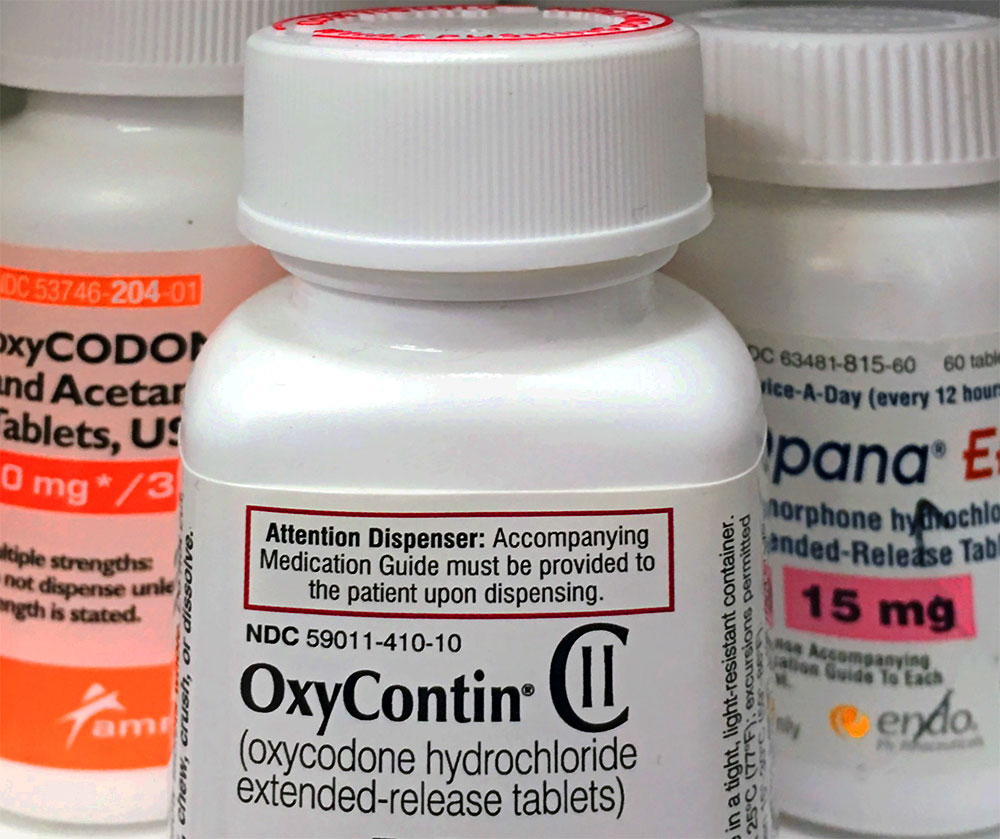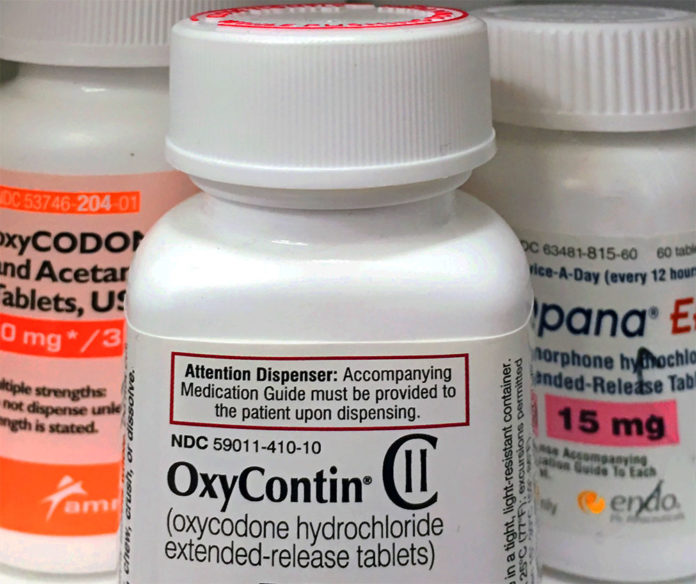Scientists at the University of Pennsylvania and Rand Corporation have directly linked the anti-abuse reformulation of OxyContin to the sharp rise in fatal heroin overdoses.
The large-scale study, published this year by the National Bureau of Economic Research, found that non-medical use of the powerful opioid painkiller OxyContin decreased by 40 percent since its reformulation in 2010, but heroin overdose deaths increased threefold in subsequent years.
For each percentage point reduction in OxyContin abuse, there were three fatal heroin overdoses per 100,000 people. “Our results imply that a substantial share of the dramatic increase in heroin deaths since 2010 can be attributed to the reformulation of OxyContin,” the study stated.
In 2010, Purdue Pharma released its anti-abuse reformulation of OxyContin, which made the pill extremely difficult to crush, snort, smoke or inject. It was the first of its kind to receive the “abuse-deterrent” designation from the U.S. Food and Drug Administration (FDA) and was thus marketed as the key to ending the opioid epidemic.
Purdue has a history of misleading consumers and physicians about the risks associated with OxyContin. In 2007, the company pleaded guilty to federal charges of misrepresenting the drug’s abuse and addiction potential to physicians. As part of a plea deal, Purdue agreed to reformulate the drug and pay a $600 million settlement.
In May 2016, the Los Angeles Times published an investigation into Purdue’s claim that just one dose of OxyContin relieves pain for more than twice as long as other medications.
What they found was that patients began experiencing pain mere hours after taking the first dose, resulting in withdrawal symptoms including cravings. The onset of these symptoms has led many pain patients to turn to heroin for relief.
Based on their investigation, the LA Times concluded that Purdue has known about the drug’s potential for abuse and addiction since 1996 but had continued to hold their promise that just one dose of the drug provides 12 hours of pain relief, in part to help their revenue growth.
Purdue received complaints from physicians whose patients were not relieved of their pain from two daily doses of OxyContin. The company responded by telling physicians to raise the strength of the pills they prescribed, rather than increase the number of daily doses. This resulted in more money for Purdue and its sales reps, who were constantly reminded that selling higher-strength doses would earn them large payouts. In many cases, the increased strength still didn’t… (continue reading)

















